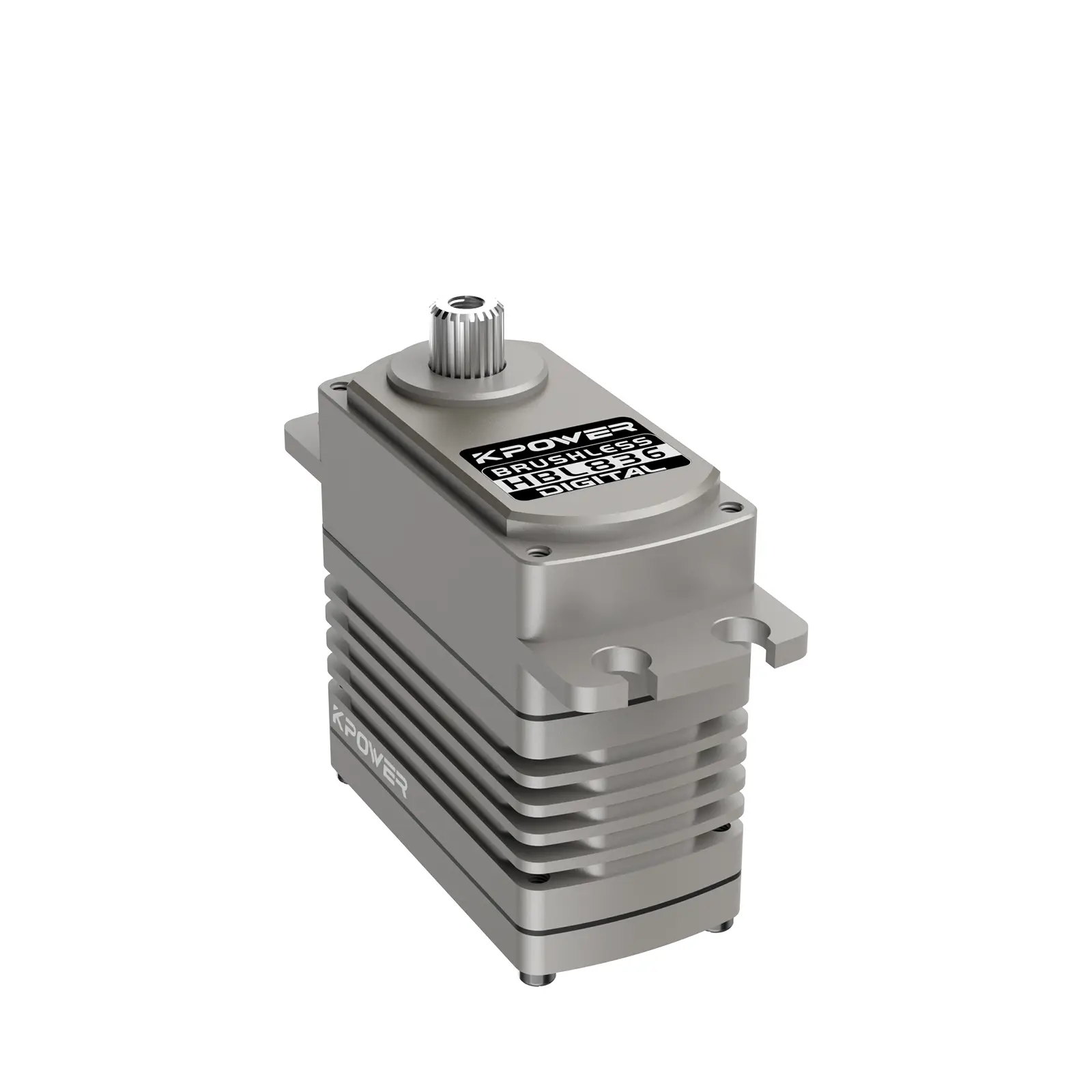In an era where technology is seamlessly blending into our daily lives, remote controls are becoming more than just devices to change TV channels or operate garage doors. They have evolved into powerful tools that enable us to manage various electrical appliances, industrial equipment, and even security systems—all from a distance. Among these innovations, the 433MHz frequency-based remote control operating at 220V stands out as a particularly versatile and robust solution.

The sheer convenience offered by a 433MHz 220V remote control cannot be overstated. Whether you’re adjusting lighting systems in your smart home, managing security gates, or controlling industrial machinery, these remote controls provide swift, wireless access to vital functions. Their compatibility with 220V systems makes them suitable for a broad range of applications, from residential to commercial and industrial setups.
But what exactly makes the 433MHz frequency so popular in remote control technology? The answer lies in its favorable balance between range, interference resistance, and cost. Operating in the ultra-high frequency band, 433MHz signals can travel longer distances and penetrate through obstacles like walls and furniture more effectively than higher-frequency signals. This means you can operate devices from across a sizable room or even outside the building, with minimal signal degradation.
Furthermore, 433MHz RF remote controls are valued for their affordability and ease of integration. They are widely available and compatible with many different electronic devices. Many remote controls on the market operate at this frequency because it strikes an optimal compromise—longer-range communication without the complexity and expense associated with more advanced frequencies.
The 220V aspect of these remote control systems signals their ability to handle high-voltage electrical loads, which is essential in applications requiring significant power—like outdoor lighting, motor controls, or large appliances. Instead of a simple low-voltage switch, these remote controls often act as wireless intermediaries that can switch high-voltage circuits safely and reliably.
Let’s consider the typical design of a 433MHz 220V remote control system. It comprises an RF transmitter—what you hold in your hand—and a receiver module installed within the electrical system of the appliance or device you're controlling. When you press a button on the remote, it transmits a coded RF signal at 433MHz. The receiver, tuned to this frequency, recognizes the command and switches the connected device on or off or executes other specific functions.
This wireless link offers several advantages. Firstly, it simplifies installation and reduces the need for complex wiring—especially for retrofit projects or existing structures. Secondly, it enhances safety by providing remote operation, which is particularly useful for devices in hard-to-reach or hazardous areas. Imagine controlling outdoor lights or industrial cranes without exposing yourself to risk.
Another appealing feature of these remote controls is their potential for customization. Many models allow multiple channels or buttons, enabling control of several devices from a single remote. This multi-channel capability streamlines operations, reducing clutter and confusion—no need for multiple remotes for different devices.
In addition to basic on/off functions, advanced 433MHz 220V remote controls can incorporate features such as timers, dimming, or even integration with home automation systems. This extensibility makes them a cornerstone in future-proofed smart environments. As technology progresses, these remotes are evolving to include more sophisticated functionalities, such as encrypted signals to prevent hacking, and compatibility with voice assistants.
However, it’s also essential to understand some challenges. RF signal interference from other wireless devices, obstacles affecting signal strength, and security concerns are factors to consider when deploying these remote controls on a larger scale. Selecting high-quality, properly encrypted, and frequency-specific remote systems can mitigate these issues, ensuring smooth operation.
In the context of industrial applications, 433MHz 220V remote controls are gaining rapid adoption. They allow operators to control heavy machinery, manage lighting, or switch chemical processes, all without direct contact with the equipment. This enhances operational safety and efficiency—crucial in environments where manual intervention can be risky or impractical.
In the next section, we’ll explore real-world applications, how to choose the right system for your needs, and the advancements shaping the future of 433MHz 220V remote control technology. From smart homes to large-scale industrial automation, these devices are paving the way for a smarter, more connected world.
I'll prepare the second part now:
Leveraging innovations in modular drive technology, Kpower integrates high-performance motors, precision reducers, and multi-protocol control systems to provide efficient and customized smart drive system solutions.




































